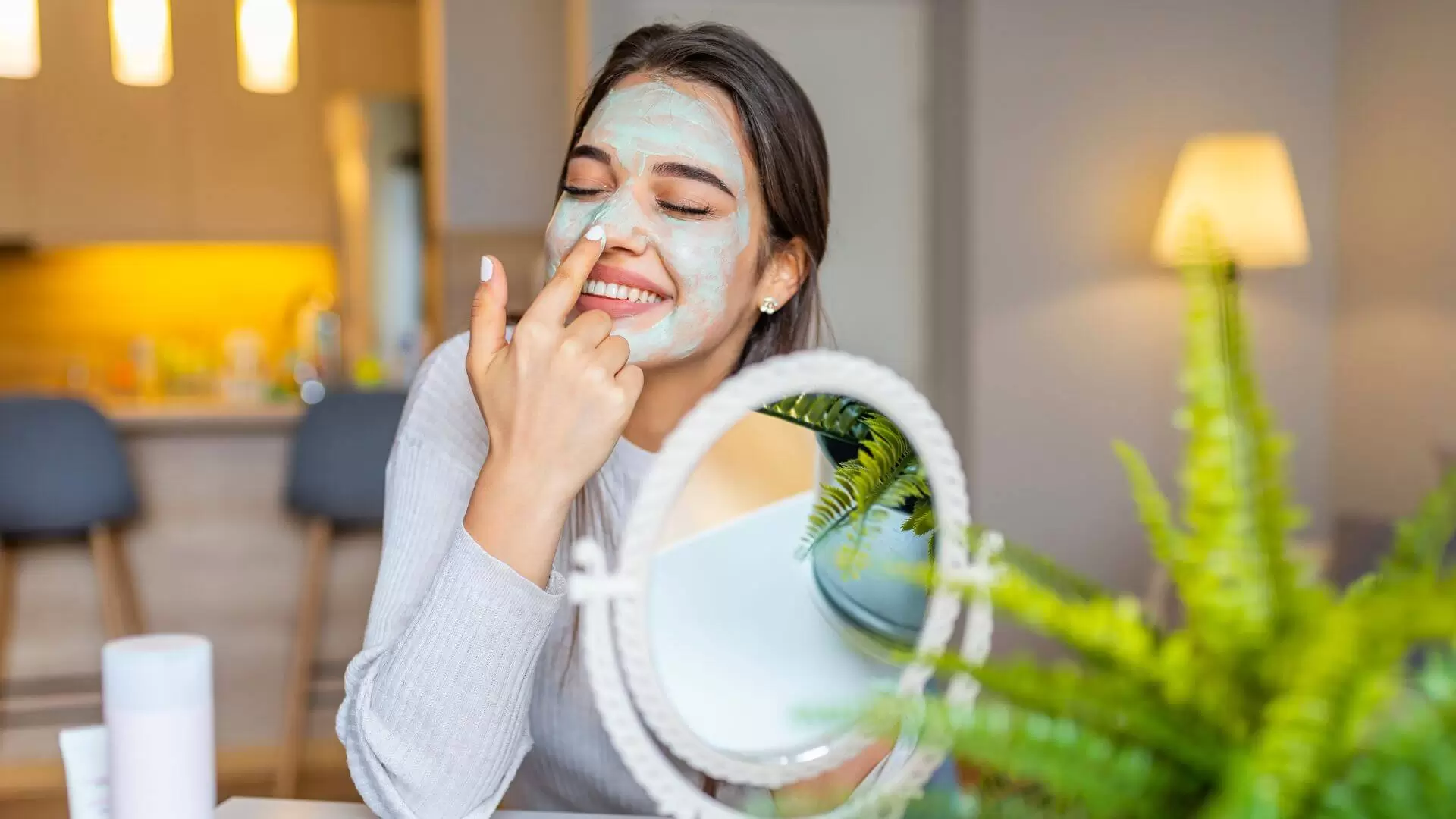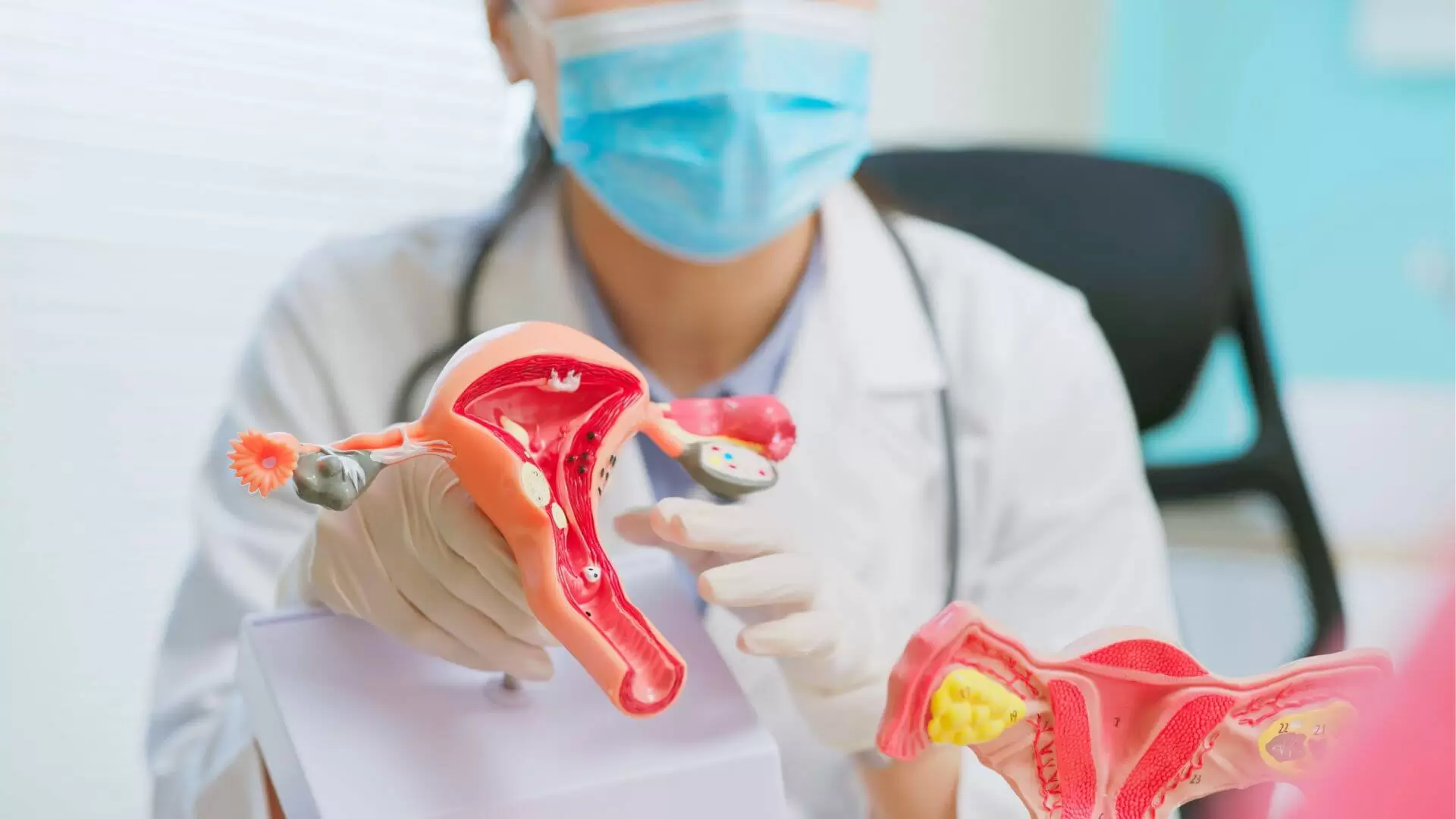The consumption of excess sugar has consequences for our body, and also for the skin.
The consumption of excess sugar has consequences for our body, and also for the skin. The increase in glucose causes what is known as glycation, which accelerates skin aging. Dr. Gema Pérez Sevilla explains everything you need to know about glycation and how to combat it.
What happens to the skin when we eat sugar? When we take an excess of sugar or foods with a high glycemic index, that is, that raise blood glucose a lot, two effects occur.
On the one hand, the increase in glucose causes it to bind to proteins such as collagen or elastin, producing a phenomenon called glycation or glycosylation, which causes the appearance of AGEs (Advanced Glycation End Products) that cause inflammation, oxidation, and deterioration. at the cellular level. When collagen is glycosylated, its structure is altered and the skin becomes less elastic and turgid, with flaccidity and wrinkles appearing. These AGES also have the ability to deactivate the skin’s natural antioxidants, making it more sensitive to all types of damage.
The consumption of excess sugar has consequences for our body, and also for the skin
On the other hand, there is an increase in insulin and insulin-like growth factor, which favors the production of sebum, and an increase in androgen hormones that facilitates the clogging of pores and the worsening of rosacea or acne.
YOU CAN EAT SUGAR BUT IN MODERATION
Sugar can be taken, but in moderation, since part of the glycosylation that occurs can be compensated by the body. The problem lies in the amount of sweet that is taken, which if it is high, exceeds these compensation mechanisms and then begins to be harmful.
The type of sweet also influences, those that raise the blood glucose level a lot are more harmful, such as refined sugars.
What differentiates processed sugars is that are composed of glucose and fructose, very small amounts can cause large glycations of skin proteins and therefore greater damage. The natural sugars in food, such as the lactose in milk or fructose in fruit, are comparatively less bad because they usually provide water, fiber (which slows down the absorption of glucose), minerals, and vitamins or antioxidants that, by themselves, compensate for glycation and protect the skin.
RECOMMENDED TREATMENTS TO COMBAT SUGAR DAMAGE TO THE SKIN
-Mesotherapy of vitamins, amino acids, and collagen stimulants, which help to compensate for the damage caused by glycation.
-CO2 laser that regenerates the skin by removing damaged layers and stimulating the production of collagen and elastin.
-Neodymium Yag laser favors the production of these proteins.
And at home: creams with vitamin C, glycolic acid, and retinol. In addition, sugar intake can be compensated with foods rich in vitamin B1 (eggs, meat, peas, nuts) and in B6 (salmon, liver, chicken, hazelnuts, walnuts) because they inhibit glycation and vitamin C (citrus fruits, kiwi, bell peppers, broccoli, strawberries) because they are antioxidants.




